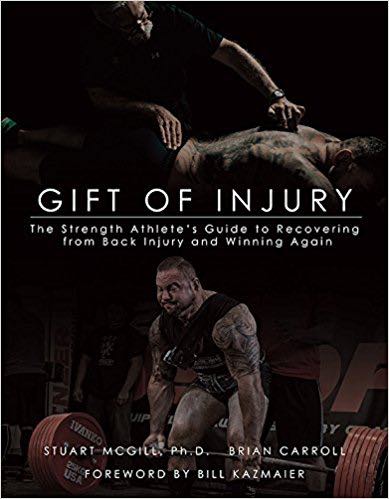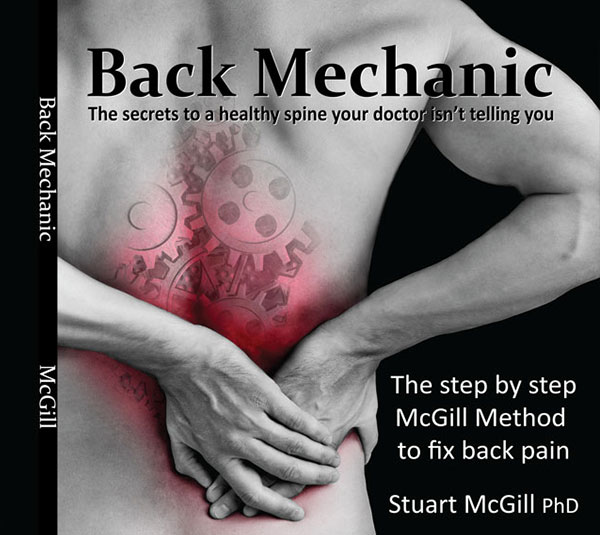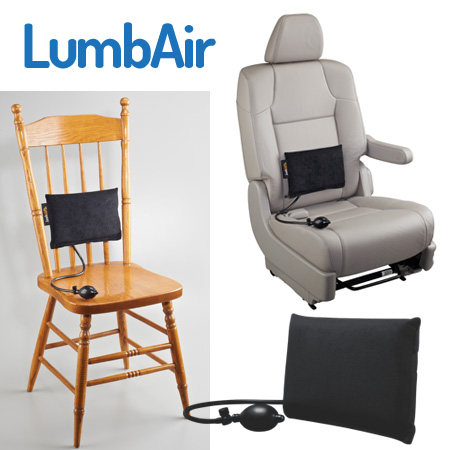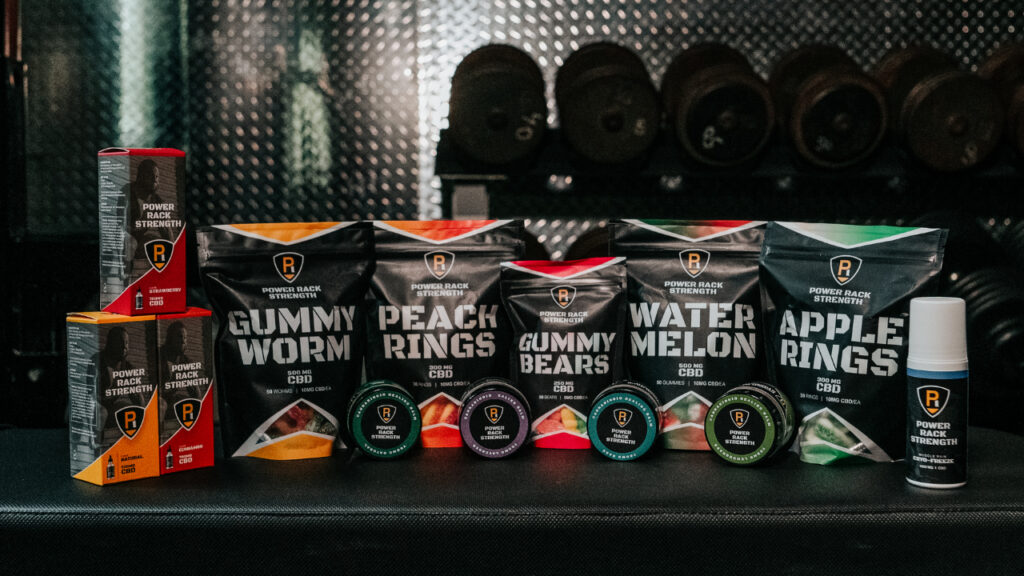07 Nov Revisiting the Rebuild: Explosive Neurology, Core Stiffness, and the Long Road Back
Article Rundown
- Returned to McGill pain-free and progressed core training with neural pulse work
- Advanced curl-up and dead bug variations to build proximal stiffness
- Neurology revealed explosive acceleration but limited top-end capacity
- Pain-free didn’t mean healed — bone remodeling took ~18 months
Revisiting the Rebuild
In this video that I’m reviewing today, we’re looking back at my follow-up visit with Professor Stuart McGill in November of 2013. By this point, I had already gone through the initial assessment six months prior, where we identified the damage, removed the pain triggers, and laid the foundation for pain-free movement. When I returned, I was finally out of pain, back to lifting, and ready to start advancing my core training.
This session wasn’t about rehab anymore. It was about tuning the machine.
The Curl-Up: Individualizing the Basics
The first thing we dive into on camera is the McGill curl-up. You’ll notice right away that I don’t look like everyone else when I do these—and that’s perfectly normal. Body size, limb length, injury history, and the demands of your sport all play into how these should look.
Bigger lifters sometimes barely clear the floor. Smaller lifters might look like they’re floating. That’s not wrong; it’s individualized.
In the video, McGill gives me a quick cue on chin position. A lot of lifters crank their neck and end up stressing the cervical spine. That’s why Back Mechanic dedicates space to neck posture—tuning matters.
We’re not chasing range of motion; we’re chasing spine-sparing tension and endurance.
Progressing Beyond Symptom Relief
The important detail here is that pain-free didn’t mean healed. Even though I wasn’t symptomatic anymore, bone remodeling—especially with endplate fractures or sacral splits—can take up to 18 months. That’s scaffolding, callusing, and ossification.
In other words:
Your back isn’t “good” just because it stopped hurting.
This is where so many lifters get in trouble.
Adding a Neuromuscular Pulse
After revisiting the fundamentals, we explore something more advanced: neural pulse training. This isn’t just bracing hard—it’s learning to create an explosive pulse of stiffness in the core without letting that force leak into the spine.
You’ll hear me repeat the phrase:
Proximal stiffness → distal athleticism
When you stiffen the trunk, you can unleash the ball-and-socket joints of the shoulders and hips. It’s the transmission that lets power flow. If the transmission slips, the output fails.
Golfers, kickboxers, MLB hitters, sprinters, and powerlifters all benefit from this principle. It’s universal.
The Modified McGill Dead Bug
Next, we transition into a modified dead bug variation. You’ll notice two important things happening:
- I elevate the arm and leg simultaneously
- My spine stays locked in place
McGill challenges that stiffness by tapping or “punching” the obliques. If the spine moved, it meant I leaked energy and lost control. The goal here is to pulse explosively while keeping the torso locked down.
It’s the exact same skill you need when you initiate a squat or deadlift.
Explode through the hips, not through the spine.
Neurological Speed vs. Top-End Motor
As we continue in the video, McGill pays attention to how fast I can pulse. This reveals something interesting about my athletic background: I’ve always been explosively quick, but I historically lacked top-end capacity. In high school, I could run with 4.3-4.4 guys for 20 yards, but past that point, they’d start walking away.
That same characteristic showed up in my earlier squats. Fast out of the hole, then I’d run out of gas.
Years later, this changed once I developed my legs with the SquatMax-MD and belt squat volume. You’ll see it in my 2020 lifts—no weak point.
Explosive neurology matters. Identifying how your nervous system fires might tell you exactly where your training should go next.
Everything Starts in the Brain
One moment in the video, Stu talks about how every movement starts with a thought. That’s not fluff.
You think the pulse, send the neural charge, and execute with the densest signal possible—without letting the core wiggle, leak, or collapse.
Lifters think technique is just physical. It’s also neural timing.
Pain-Free Doesn’t Mean Done
Toward the end of the video, I do a rollover transition that wasn’t pristine. Stu points it out. Even pain-free, I still had movement patterns that needed cleaning. And again, with bone remodeling, 18 months was about right. From May 2013 to October 2014—almost exactly that timeline—I rebuilt the capacity to meet the demands of all three lifts on a meet day.
That wasn’t luck. That was tissue biology.
Principles Applied Over Time
Here’s the key secret:
The same things I did here in 2013—curl-ups, bird dogs, side planks, lifter’s wedge, and dead bug variations—are the same things I layered for the next seven years. I didn’t graduate from them; I stacked on top of them.
Even now, I still use these principles:
- Build stiffness
- Tune posture
- Reduce energy leaks
- Train bone callusing gradually
- Let microtrauma heal over 5–7 days
This is how you rebuild a spine.
Not by guessing.
Closing Thoughts
Looking back at this old footage, a few things stand out:
- Being pain-free wasn’t the finish line
- Neural control was a missing ingredient
- Proximal stiffness makes everything better
- Bone takes longer than you want to remodel
- The basics never stop being useful
For virtual or in-person assessments, coaching, programming, or guidance on how to apply these exact concepts, head over to PowerRackStrength.com.













Sorry, the comment form is closed at this time.